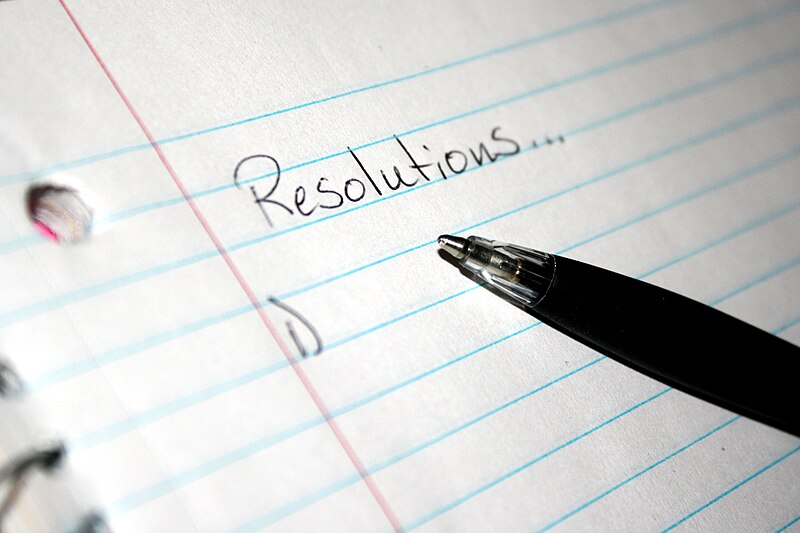
Ah, Monday 31st December, 2012. To be honest, I always love this time of year. It is a great period for reflection and building up motivation for the coming year.
I am not a fan of resolutions, to be honest. I've tried making them a few times, and found that they just add pressure, stress, guilt and finally a sense of failure.
So, I'm sharing with you my top secret approach to finding motivation in 2013.
Ready?
Forget goals, forget resolutions, what you need is a 2013 Bucket List.
Instead of telling yourself what you must do, give yourself one off challenges that will lead to 2013 being a year of triumph, achievement, excitement, fulfillment and adventure.
What is an annual Bucket List?
In 2012 I made a list of the top 70 things I wanted to try. I divided this into 7 different categories (which might have overlapped a bit) to make sure I was creating a balanced lifestyle. I have seriously enjoyed myself and done quite a few things I didn't think I would.
With 70 items to tick off, you need to be doing 1-2 things a week, which keeps you on your toes, but allows you to choose what will best fit in with your schedule that week.
The nature of the items should vary in difficulty. I had some which were super easy and would cheer me up, such as buying myself flowers just because. Therefore, if I was having a bad week, my bucket list would make it all seem brighter. And as previously posted, I had much harder things such as doing a 21km ergo, which gave me a huge sense of achievement when I completed it.
How to Make the List:
It's easiest to start by working out your categories. These are areas that you want to develop in your life. For me I had 7 categories, but you can vary this number as much as you like, and I think I will add a few extra categories this year.
This year, my areas are going to be:
- Sport/Fitness
- Culinary
- Spiritual
- Cultural
- Relationships
- Adventure
- Creative
- Learning
- Business
- Finance
Under each I'm going to come up with 7 - 8 items that I want to achieve, making sure I have a good range. For example:
- Sport/Fitness - Complete 10km in under an hour, try a brand new gym class.
- Culinary - Cook a pecan pie, go to a tapas bar.
- Spiritual - Spend a weekend at a convent, read Augustine's 'City of God'.
- Cultural - Go to a Melbourne Theatre Company play, read Faust.
- Relationships - send all my facebook friends a letter, surprise someone for their birthday.
- Adventure - Go on a hiking trip, ride a motorbike.
- Creative - get a book accepted by literary agent/ publisher, go to a writing conference.
- Learning - do a painting short course, learn to use MYOB and keep all business accounts for 2013.
- Business - monetize fitbuster, create a niche site.
- Finance - save $10,000, start a managed fund.
Some of those will take about an hour, such as cooking pecan pie, and others, such as saving $10,000, will probably take effort all year.
When I did it last year, I also left some spaces blank for a few days and got suggestions from people, which gave me a few great ideas. So don't feel it all needs to be done by tomorrow, it is a work in progress.
My 2012 List?
Now, to be completely honest with you, I didn't tick off a lot of things on my list, in fact I'm only just over halfway. But for that I have competed in a rowing regatta, gone to the races, said 'yes' to a strange invitation, gone to the ballet, spent a day in silence, and learned to cook almond croissants just to name a few. So, looking at the list, it's been a pretty good year.
Therefore, I'm highly recommending this as a great motivator for those who hate resolutions and goals.
Sneak Preview of 2013 at Fitbuster:
I've been doing a lot of reading, and learning about blogging and thinking particularly of Fitbuster and how I can make it better and more useful for you. 2013 is going to be a great year for health and fitness, and I'm going to keep giving you great content and new ideas.
Particularly, I'm looking feedback on fitness programs or ideas that you want to know more about, and I'm searching for volunteers who would be happy to test things out. I'll be offering free stuff to be reviewed or incentives for longer programs. So if you are interested in being on my list of volunteers, either comment below or email me at b.greentr@gmail.com
I will be setting up an email subscription soon, just to let you know, which will include invitations to guest post, try out products and programs, first chance at giveaways, and useful information on designing and developing your own fitness projects. So, keep an eye out for that.
Also, as you can see from my list, I will be trying to monetize the blog. However, I don't want want it to detract from the information and utility of the site. I've signed up with Nuffnang, so it will be very Australian focused, which I think is great. While I know quite a few of you are from overseas and I will continue to provide great content for you as well, I particularly want to encourage Australians to get out and experience health and fitness in our great country.
Any feedback on the advertising; if you find it annoying or you have other great ideas, is always welcome. Email me at b.greentr@gmail.com
Thanks for a great 2012. Better is yet to come.
.JPG)
.JPG)















